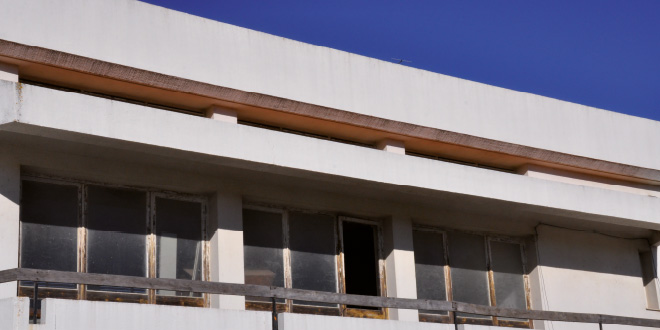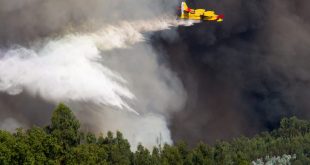Does Monchique really need a cable car?
When organising a town or a city, the most fundamental requirement is, first of all, to define a strategic concept, however utopian this may be, that will enable everyone to understand what sort of human activity is essential there. The house is the first cosmic concept of organised and potentially positive space in the town’s dynamic construction, with all of its dreams and aspirations. Utopia is a necessary part of any visionary reform that can appeal to the town’s social imagination.
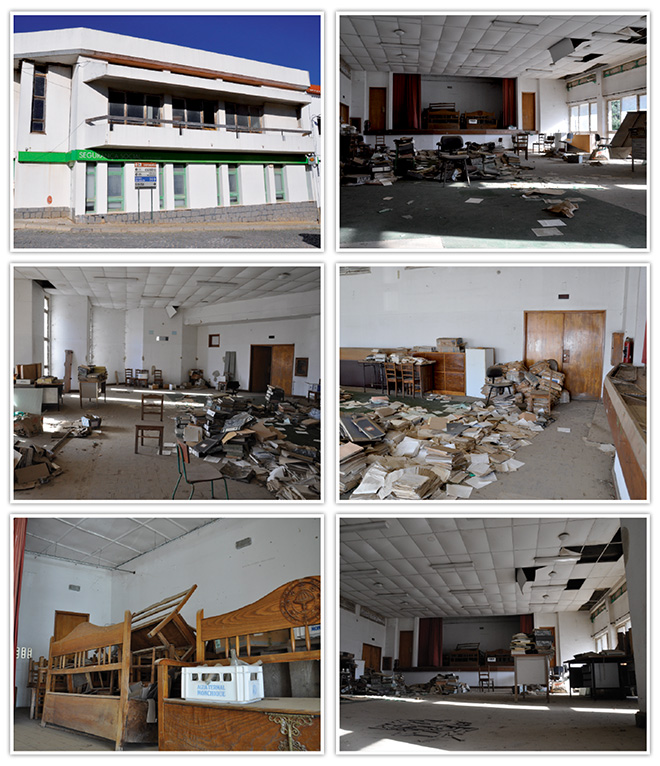
The town mirrors the way in which social and personal relationships are organised within it. If we look closely at Monchique (among other towns) and examine its structures as a whole – naturally including its ruins, its abandoned houses and its existing and non-existing equipment – we can notice a certain aging and formal disintegration of the place.
Ruins therefore represent part of the town’s dreams and they need to be given due importance in a strategy for sustainable development that can be understood by the local population, who can then assume such values as their own and not neglect their ruins or subject them to vandalism.
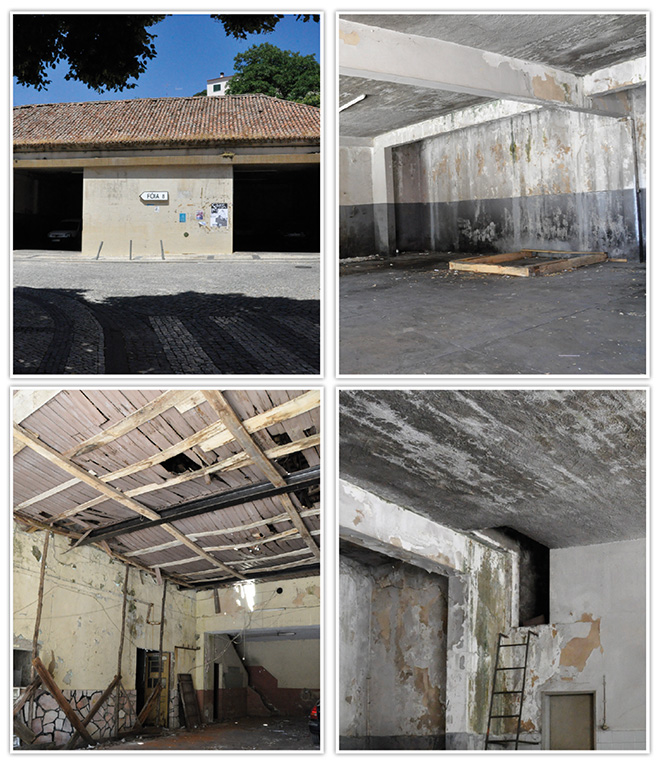
Ruins cannot therefore be regarded solely as spaces for parking vehicles or areas to be used for activities that have little or nothing to do with the memory of the place. In other words, if we wish to take a space that still displays vestiges of its long history (of the various events that have taken place there in the past and present) and liberate it within a concept of current or future development, we need to project an objective dialectic onto these ruins, so that the private or social intimacy of the space can accompany the liberation of our thoughts in dialogue with the place’s new function. More precisely, we need to highlight this synthesis of the immemorial with the memory of the place itself.
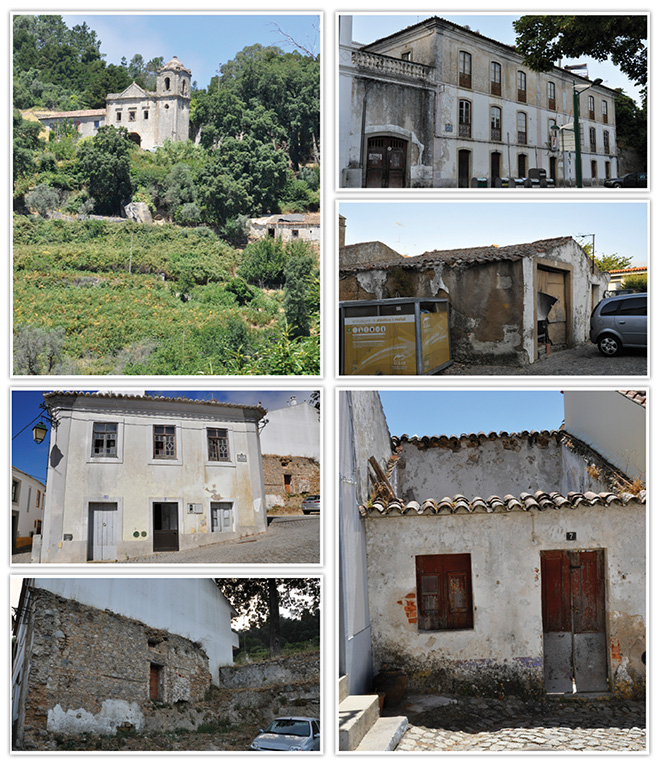
Ruins must therefore reflect a global and strategic concept that incorporates both the symbolism and the virtue of sustainable development.
Resources are normally scarce and must consequently be divided into segments so that progress can be phased in terms of space and time, enabling citizens to retain an awareness of the place as a personal value based on their dreams and their projections of the individual and collective ego.
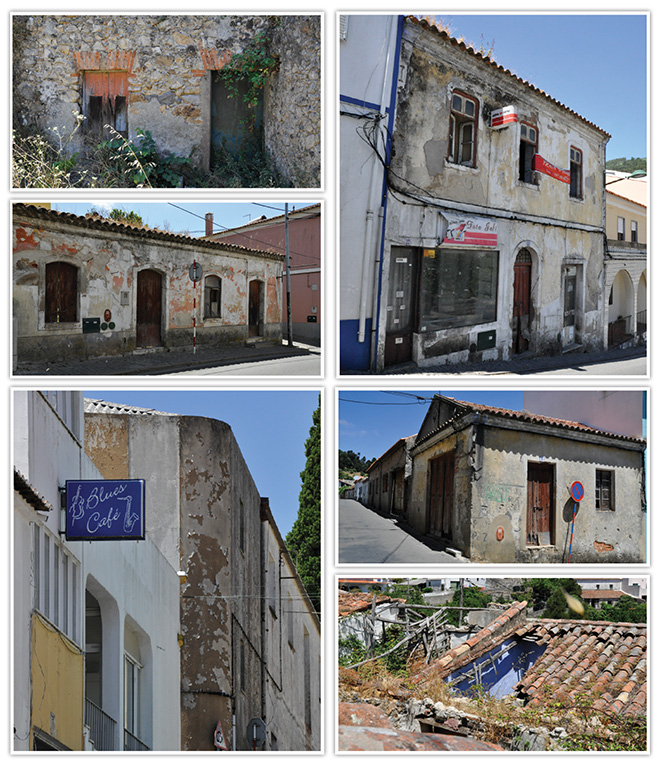
Building the future based on meditations that we have shared with others in the past is a useful exercise, allowing for a period of dialogue and discussion while also serving to consolidate our dreams and establishing a scenario that makes sense in terms of the objective reality. It is certainly important that we should discuss ruins in the light of our own needs, so that they can be turned into a common good and a social asset. Social well-being and the environment are complex affairs when structured in global terms, and they quickly lose their immediate relevance for the citizen whose life is based on multiple and accelerated movements. It is therefore necessary to recreate a dynamics that is flexible and mature, but which is also ruled by aesthetic pleasure, with its own rhythm, stimulus and capacity to express itself.

The image of the town is an image that is renewed and recreated with the dreams and utopias that inhabit our most unconscious thoughts and that project our purest and most intangible reveries in a systematic confrontation with reality.
Photos from: CARLOS ABAFA
 Eco123 Revista da Economia e Ecologia
Eco123 Revista da Economia e Ecologia

